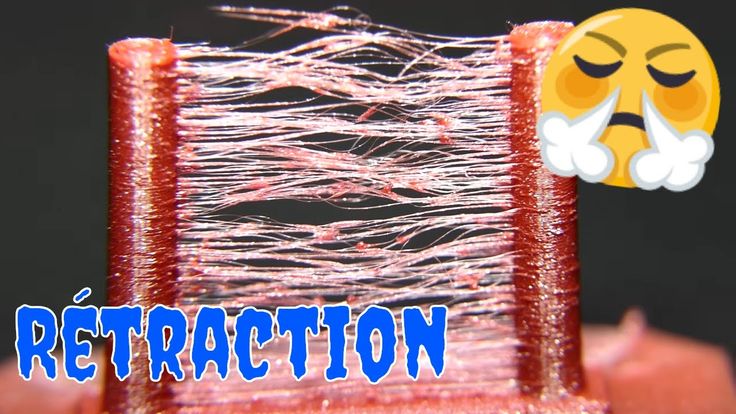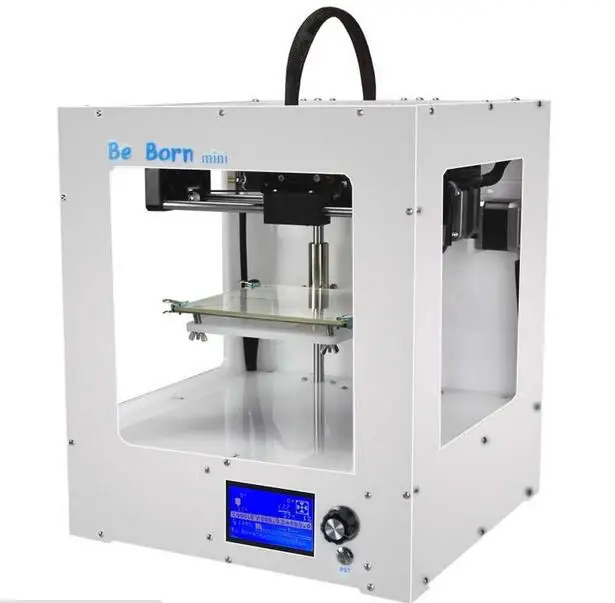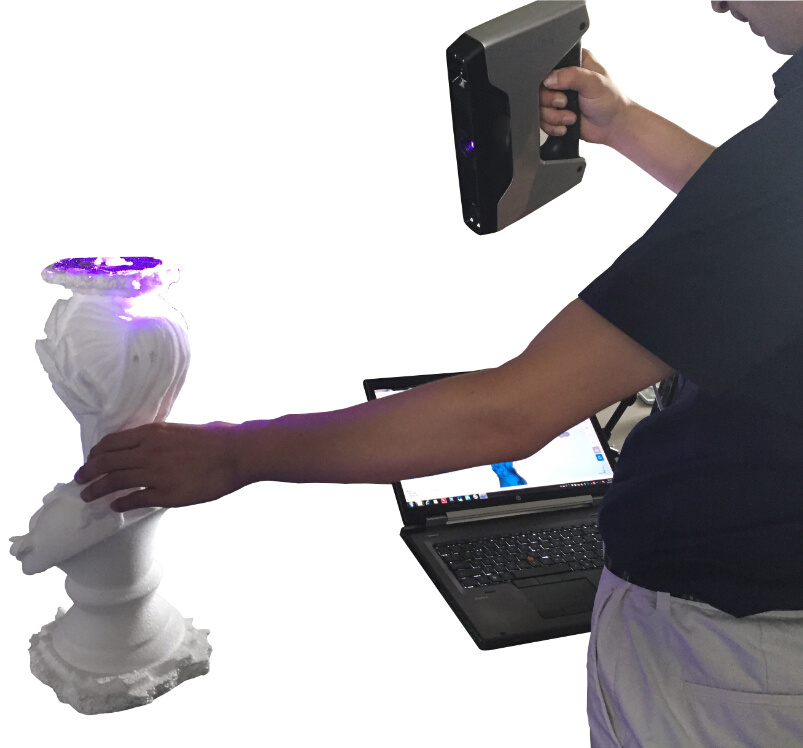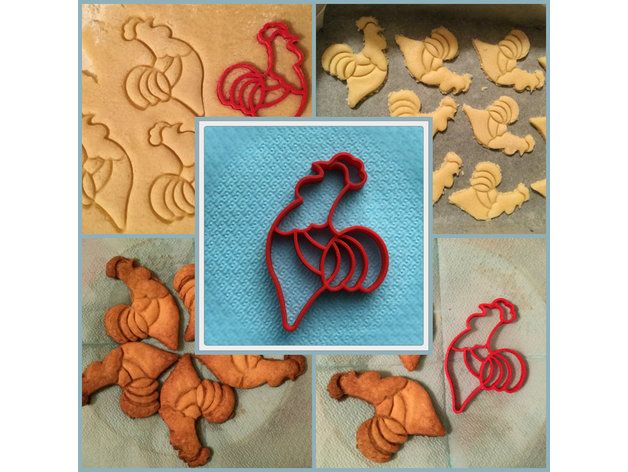Loreal 3d printing skin
L'Oreal to start 3D-printing skin
Published
Image source, Thinkstock
Image caption,Could cosmetics be tested on 3D-printed skin in future?
French cosmetics firm L'Oreal is teaming up with bio-engineering start-up Organovo to 3D-print human skin.
It said the printed skin would be used in product tests.
Organovo has already made headlines with claims that it can 3D-print a human liver but this is its first tie-up with the cosmetics industry.
Experts said the science might be legitimate but questioned why a beauty firm would want to print skin.
L'Oreal currently grows skin samples from tissues donated by plastic surgery patients. It produces more than 100,000, 0.5 sq cm skin samples per year and grows nine varieties across all ages and ethnicities.
Its statement explaining the advantage of printing skin, offered little detail: "Our partnership will not only bring about new advanced in vitro methods for evaluating product safety and performance, but the potential for where this new field of technology and research can take us is boundless."
Image source, L'Oreal
Image caption,L'Oreal already grows skin in its labs
It also gave no timeframe for when printed samples would be available, saying it was in "early stage research".
Experts were divided about the plans.
"I think the science behind it - using 3D printing methods with human cells - sounds plausible," said Adam Friedmann, a consultant dermatologist at the Harley Street dermatology clinic.
"I can understand why you would do it for severe burns or trauma but I have no idea what the cosmetic industry will do with it," he added.
3D-printed livers
The Wake Forest Institute for Regenerative Medicine has pioneered the field of laboratory-grown and printed organs.
It prints human cells in hydrogel-based scaffolds. The lab-engineered organs are placed on a 2in (5cm) chip and linked together with a blood substitute which keeps the cells alive.
Organovo uses a slightly different method, which allows for the direct assembly of 3D tissues without the need for a scaffold.
It is one of the first companies to offer commercially available 3D-printed human organs.
Last year, it announced that its 3D-printed liver tissue was commercially available, although some experts were cautious about what it had achieved.
"It was unclear how liver-like the liver structures were," said Alan Faulkner-Jones, a bioengineering research scientist at Heriot Watt university.
Printing skin could be a different proposition, he thinks.
"Skin is quite easy to print because it is a layered structure," he told the BBC.
"The advantages for the cosmetics industry would be that it doesn't have to test products on animals and will get a better response from human skin.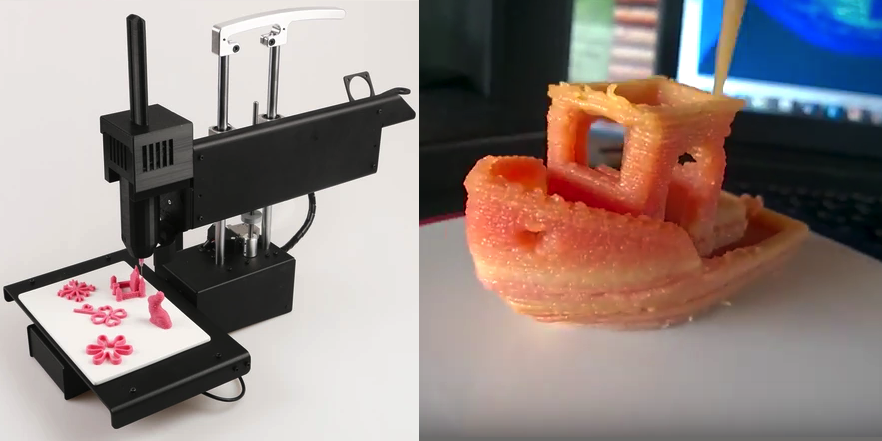 "
"
But printed skin has more value in a medical scenario, he thinks.
"It would be a great thing to have stores of spare skins for burn victims."
The BBC is not responsible for the content of external sites.
L'Oreal partners with bioprinting company to 3D print human skin
- Science/
- Entertainment/
- Tech
/
The cosmetics company wants to increase lab-based skin production
By Lizzie Plaugic
Via Bloomberg | Source Organovo
|
Share this story
Tristan Fewings/Getty Images
L'Oreal already grows thousands of human skin samples per year in its labs in Lyon, France — but it wants more. So the cosmetics company is partnering with Organovo, a startup that uses bioprinting technology to create human tissue capable of replicating the body's biological functions. Within the next five years, L'Oreal wants to speed up and increase skin production in its labs using Organovo technology, Bloomberg reports.
Within the next five years, L'Oreal wants to speed up and increase skin production in its labs using Organovo technology, Bloomberg reports.
More skin
L'Oreal will use Organovo's NovoGen Bioprinting Platform to print skin tissue. The process involves identifying "key architectural and compositional elements" of the targeted tissue and creating a specially formulated "bio-ink," or multicellular building block, for it. The tissue is then built in vertical layers. Similar skin-printing technology has previously been suggested as a way to expedite the healing process for facial injuries and burns.
L'Oreal's current skin-farming technique involves breaking down skin tissue into cells, feeding those cells a special diet, and growing them in an environment that mimics the human body. The original cells come from tissue donated by plastic surgery patients. Of the more than 100,000 skin samples the company makes annually, half are used for L'Oreal's own cosmetics research and half are sold to pharmaceutical companies and competitors, according to Bloomberg. A single sample is half a square centimeter wide and up to one millimeter thick, and takes about a week to form. L'Oreal hopes Organovo's technology will add precision and speed to the process. Annually, L'Oreal's labs already produce around five square meters of skin, Bloomberg reports.
A single sample is half a square centimeter wide and up to one millimeter thick, and takes about a week to form. L'Oreal hopes Organovo's technology will add precision and speed to the process. Annually, L'Oreal's labs already produce around five square meters of skin, Bloomberg reports.
Organovo has previously partnered with biopharmaceutical companies and academic medical centers, but this is its first foray into the beauty industry. The company is currently working with pharmaceutical giant Merck to print liver and kidney tissues, Bloomberg reports.
Vox Video: A new way to 3D print, inspired by Terminator 2
Most Popular
How to watch the 2023 Screen Actors Guild Awards
Twitter Blue head Esther Crawford is out at Twitter
Lenovo’s rollable laptop and smartphone are a compelling, unfinished pitch for the future
Twitter shut off its internal Slack, and now ‘everyone is barely working’
Warner Bros.
 Discovery sues Paramount in South Park streaming fight
Discovery sues Paramount in South Park streaming fight
L'Oreal and Organovo will jointly create human skin using 3D printing
As part of the agreement, L'Oreal receives exclusive rights to use models for research purposes and for the production of skin care products. At the same time, Organovo reserves the right to sell tissue samples for pharmaceutical tests, therapeutic purposes and transplant operations. The cooperation will be carried out in three stages: the initial development of 3D-printed skin samples, their subsequent approval, and then commercial deliveries. At the end of each phase, L'Oreal decides to move on to the next phase based on a number of criteria.
According to the agreement, at each point of the journey, L'Oreal will transfer financial resources in the form of advance payments and payment for products from Organovo. The companies have agreed to negotiate a deal for Organovo's exclusive right to commercially supply tissue samples, based on standard licensing and royalty agreements.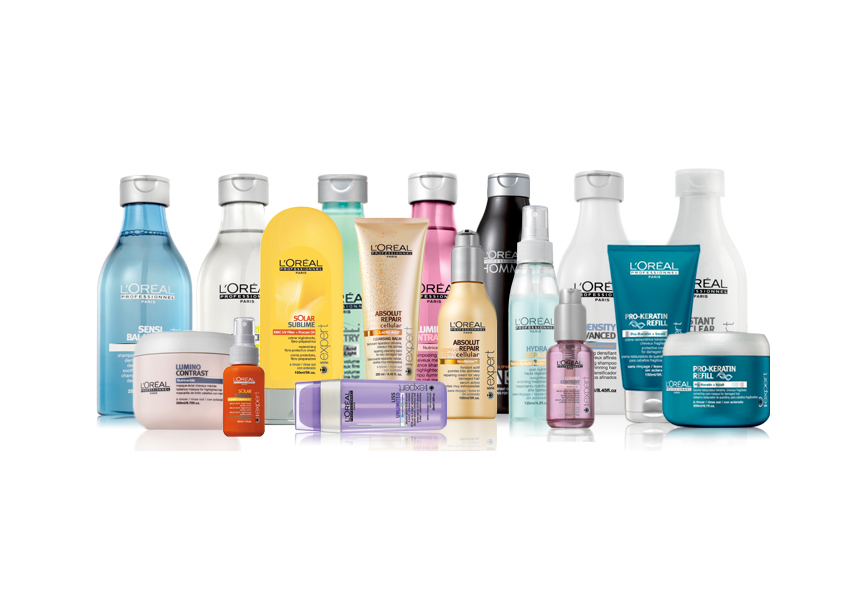 However, no specific terms of this deal have yet been announced.
However, no specific terms of this deal have yet been announced.
Organovo has long advocated the use of 3D printed human tissue samples to end animal experiments. In addition, the company says that the use of these models allows you to accelerate the entry of new drugs to the market. However, it was not easy to predict that tissue samples could be used not only in medicine and pharmaceuticals, but also in the field of cosmetic products. At this time, L'Oreal states that it "no longer tests its products or any of its ingredients on animals, anywhere in the world. L'Oreal also does not outsource this to third parties." However, L'Oreal makes a reservation: "An exception may be made if the governing bodies require it for safety or legal reasons."
With this disclaimer, L'Oreal has managed in the past to maintain a veneer of caring for animals while also manufacturing cosmetics in China, where animal testing of cosmetics was previously required by law. However, last year, Chinese legislation in this area was changed, and the norm was canceled.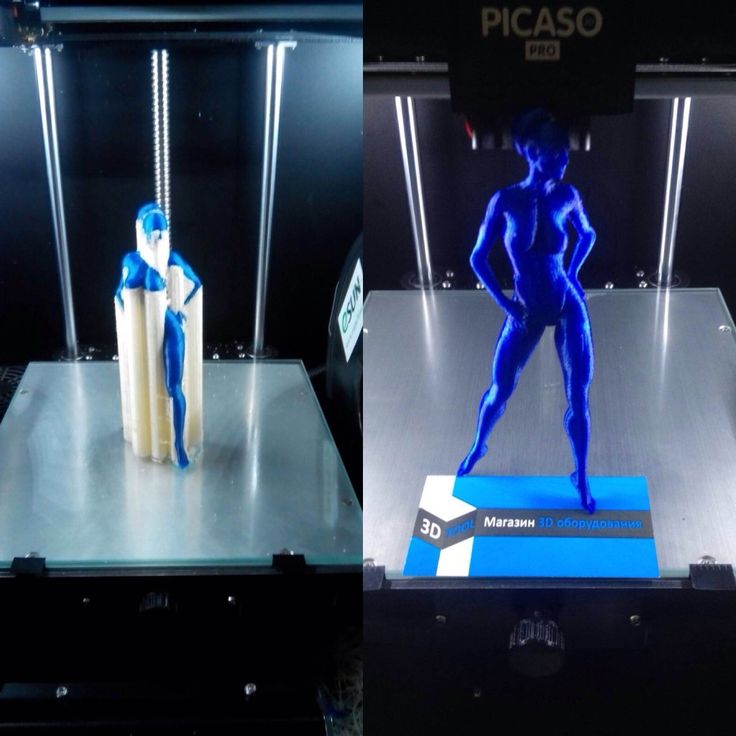 Thus, with the help of the new cooperation agreement, L'Oreal will be able to expand its own research on EpiSkin human skin modeling.
Thus, with the help of the new cooperation agreement, L'Oreal will be able to expand its own research on EpiSkin human skin modeling.
The company will be able to continue experimenting with skin irritation without resorting to ingredients previously tested in China. An interesting and slightly disturbing aspect of this agreement is its exclusivity. Perhaps L'Oreal will heavily advertise the fact that the company's products are tested on 3D-printed leather, leaving the rest of the cosmetics industry behind without such an advantage in testing. By phasing out animal experiments within the company, L'Oreal will limit the ability of other manufacturers to use 3D-printed fabrics to test their products.
L’Oreal and Organovo are going to print human skin on a 3D printer: luckyea77 — LiveJournal
?- Technology
- Cancel
Cosmetics conglomerate L'Oreal has announced a partnership with US company Organovo to create 3D printed human skin to research and test new cosmetics. Gartner analysts predict that bioprinting technology, which began to develop relatively recently, will be widely used in medicine for 3D printing of human organs by 2016.
Development will be funded and approved by L'Oreal. If the human tissue created in the laboratory satisfies the customer, then Organovo will receive exclusive rights to the product.
The L'Oreal Group owns 30 well-known beauty brands worldwide, including Garnier, Kiehl's, Lancome, L'Oreal Paris, Maybelline New York, Urban Decay and Redken. In 1989, the company stopped testing its products on animals and started developing alternative methods. Since then, all tests have been conducted on Episkin artificial skin tissue culture.
Organovo develops living human tissue using proprietary 3D bioprinting technology. Using printed cells, human organs can be grown.
Using printed cells, human organs can be grown.
In April, the company announced the creation of exVive3D Liver, a 3D printed tissue that can be used to evaluate human renal toxicity. Following this announcement, Organovo signed a major multi-year contract with pharmaceutical giant Merck & Co, which is interested in using NovoGen bioprinting technology and the exVive3D Liver model to develop new drugs.
The Yale University School of Engineering and Applied Sciences and the Department of Surgery are also exploring the possibility of creating complete human organs for transplantation with Organovo.
Many people don't fully understand what research is going on right now. Not only is it supposed to print non-human cells, but also the fusion of human cells with alien cells. We believe that interest in this will arise when people, depending on the level of their education, begin to realize what opportunities open before them, — reported in Gartner.
Much of the bioprinting research is carried out by universities and start-up companies. They are still far from complete and must be approved by the government. The state should be aware of developments in this area.
They are still far from complete and must be approved by the government. The state should be aware of developments in this area.
The military has already received an offer to print soldiers on a 3D printer.
Tags: 3d printer0059
Many companies create smart contact lenses, but it is difficult to commercialize this product due to limitations in the production of special displays ...
Three-dimensional objects printed using acoustic holograms acoustic fields.…
3D-printed artificial "pancreas" for the treatment of diabetes
An implantable device for islet cell transplantation and immunotherapy delivery. On the results of testing the device in the treatment of…
Nanoprinting was accelerated by 1,000 times using a compressible hydrogel
Researchers have developed a method for printing three-dimensional objects that speeds up production by an order of magnitude without compromising the quality of finished products.


